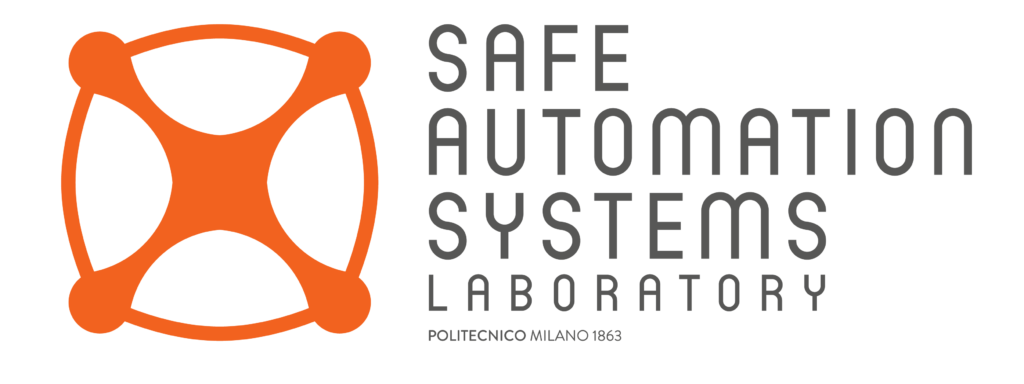Hierarchical Control Systems
In a world of automation, performance of control systems can make or break a product. More automation and advanced functionalities generally imply a larger number of control algorithms that interact with each other, in layered structures, and with the environment.
Hierarchical structures are widespread since they allow the designers to break the problem complexity and employ established design approaches, either model-based or data-driven, at smaller scale on individual sub-problems. However, in this way the performance and safety of the overall system depends on the teamwork of its subsystems. For highly autonomous systems operating in presence of large uncertainty, it becomes very difficult to analyze and predict the overall behavior. Indeed, hierarchical layouts pose challenges regarding several aspects, such as modeling, uncertainty quantification, and stability analysis. More in general, there is a lack of fundamental methods to design the layers in a rigorous and coordinated way in order to theoretically guarantee performance and safety under reasonable assumptions.
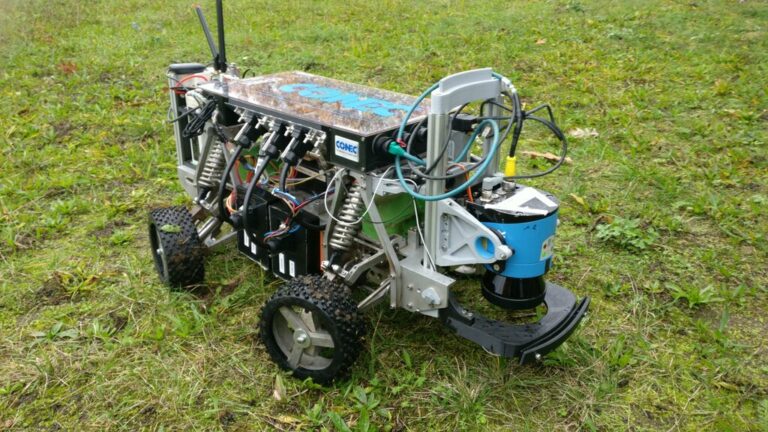
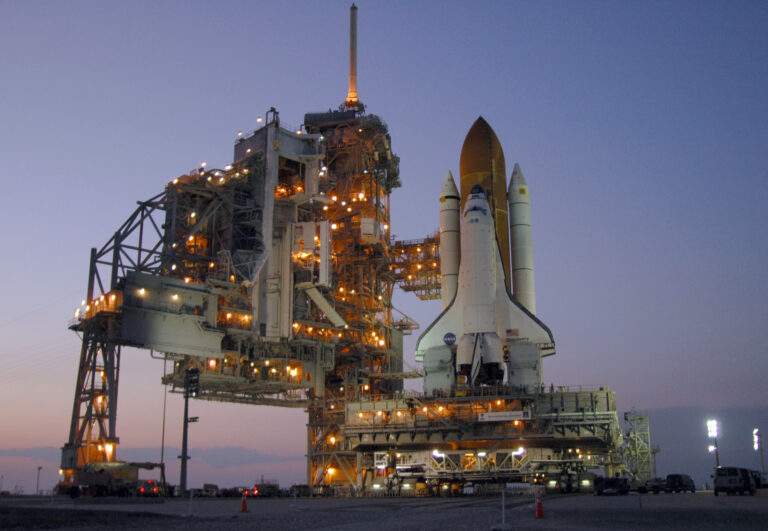
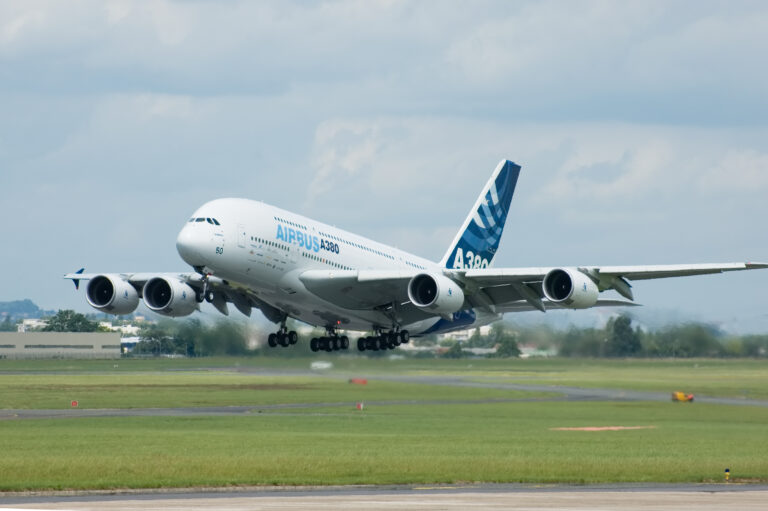
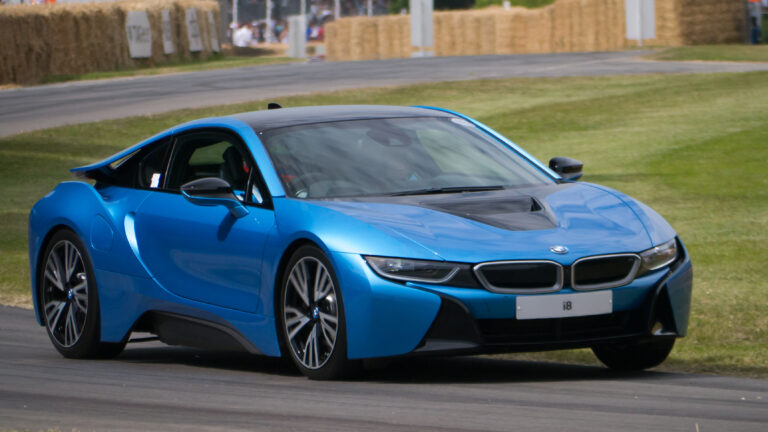
Examples of hierarchical control systems
Our research on hierarchical control systems aims to derive such methods using optimization-based techniques. Research questions include:
- how to embed the behavior of low-level feedback loops into simple-enough models to be managed at higher levels;
- how to evaluate the quality of such models, and how to monitor the performance of individual control functions and of their interactions;
- how to quantify and propagate the uncertainty at each hierarchical level and across levels;
- how to optimally coordinate various control systems at low levels when transitioning among different operating conditions;
- how to choose a hierarchical control topology such that complexity and computational load are minimized without sacrificing performance.
